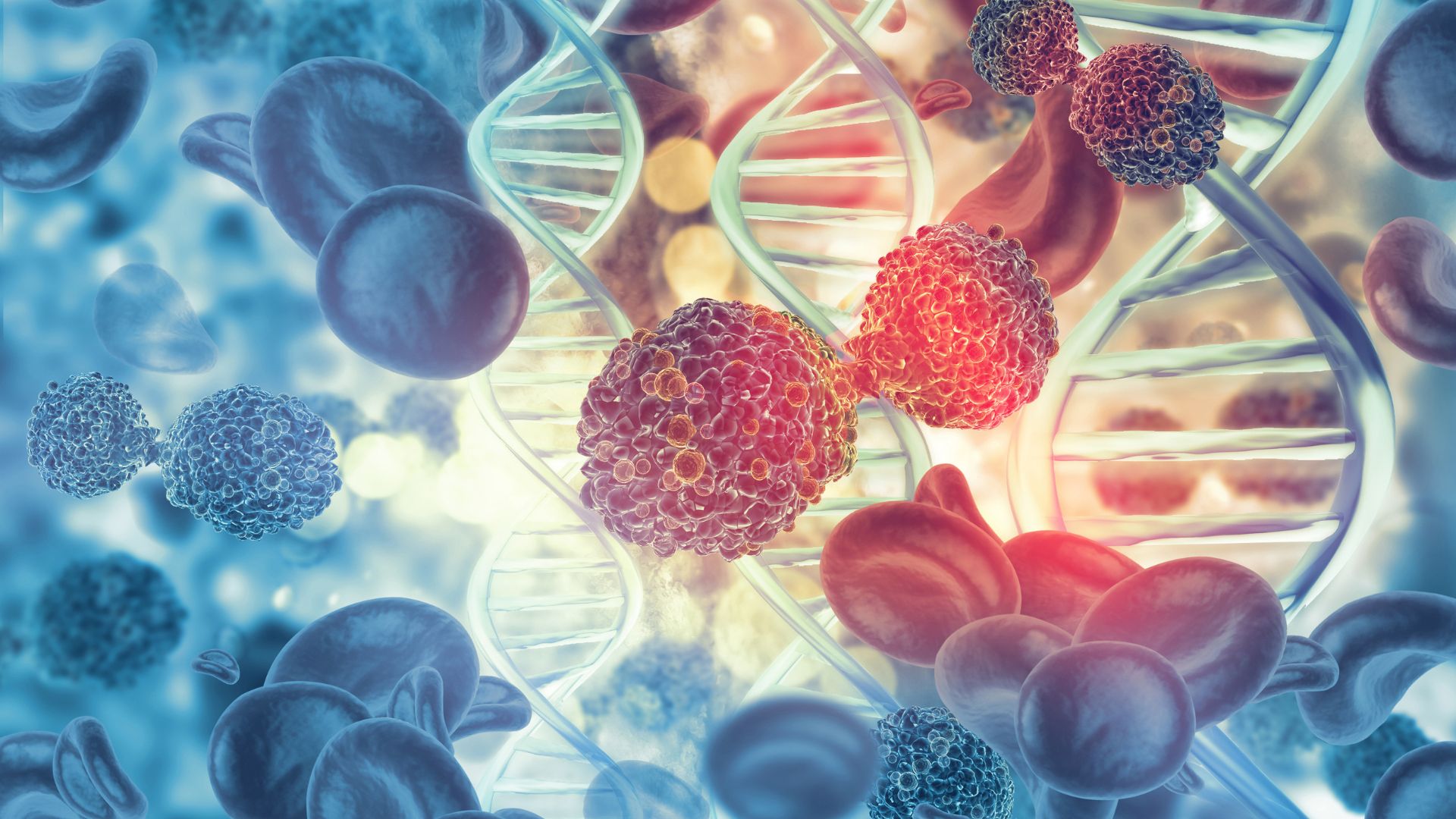A recent study suggests that doctors may soon be able to utilize artificial intelligence (AI) to detect and diagnose cancer in patients, enabling earlier treatment.
The study highlights that the detection and classification of cancer using methylation-based approaches is an expanding field, now incorporating the use of AI.
The fight to beat cancer continues as it remains the leading cause of mortality in the world. 19 million cases and 10 million deaths are reported every year making early-stage prognosis and diagnosis imperative.
“Most cancers are treatable and curable if detected early enough,” the study states.
Most cancers, however, are detected in the advanced stages. But a common throughline between many of them is an epigenetic phenomenon known as aberrant DNA methylation. That pattern has fueled further research. It could help catch cancer before it begins.
Catching cancer in the DNA
DNA consists of four bases A, C, G, and T, the press release explains. Due to environmental changes outside cells some of these bases to add a methyl group known as “DNA methylation.” In organic chemistry that means three hydrogen atoms surrounding one carbon atom.
Each cell in fact exhibits millions of these methyl groups. Thus, distinguishing noncancerous and cancerous tissue becomes the challenging task at hand especially with the desired speed.
Because of the immensity of the task, researchers “utilized machine learning approaches to identify cancer-specific changes from normal tissue-specific methylation.”
“Identifying the specific DNA methylation signatures indicative of different cancer types is akin to searching for a needle in a haystack.”
Researchers from the University of Cambridge and the Imperial College of London turned to fast computation technology. They observed changes in these DNA marks in early cancer development and identified “13 different cancer types from non-cancerous tissue with 98.2% accuracy.”
AI can predict cancer before it begins
They worked with four different model types but presented the results from two that they used to create EMethylNET. It consists of a “DNN model trained on features learned from multiclass XGBoost.”
They used these binary and multiclass machine learning models to classify 13 cancer types and corresponding normal tissues.
“Our approach achieved good test set performance for all XGBoost models,” they wrote, “namely an average accuracy of 0.987 and 0.982 for the binary and multiclass models, respectively.”
They examined tissue samples instead of DNA fragments in blood which seems to be the key to its success.
“We demonstrated that XGBoost models are suitable for classifying a multitude of cancer types using only DNA methylation data as input.”
They note that the model needs training and testing. Researchers emphasize that “the important aspect of this study was the use of an explainable and interpretable core AI model.” It even provides insights as to why it’s making its predictions.
They claim this model could help medicine in understanding “the underlying mechanisms that contribute to the development of cancer.”
Doctors can catch cancer almost in the form of a thought. They could take action immediately before it blossoms into a disease and even catch it early enough to cure it. If the field of medicine could bridge that gap, cancer would be beatable as most are if caught early enough.
“This will provide better patient outcomes,” said Shamith Samarajiwa, lead author of the paper and senior lecturer from Imperial College London.
The paper has been published by Oxford University Press in Biology Methods & Protocols.
ABOUT THE EDITOR
Maria Mocerino Originally from LA, Maria Mocerino has been published in Business Insider, The Irish Examiner, The Rogue Mag, Chacruna Institute for Psychedelic Plant Medicines, and now Interesting Engineering.

